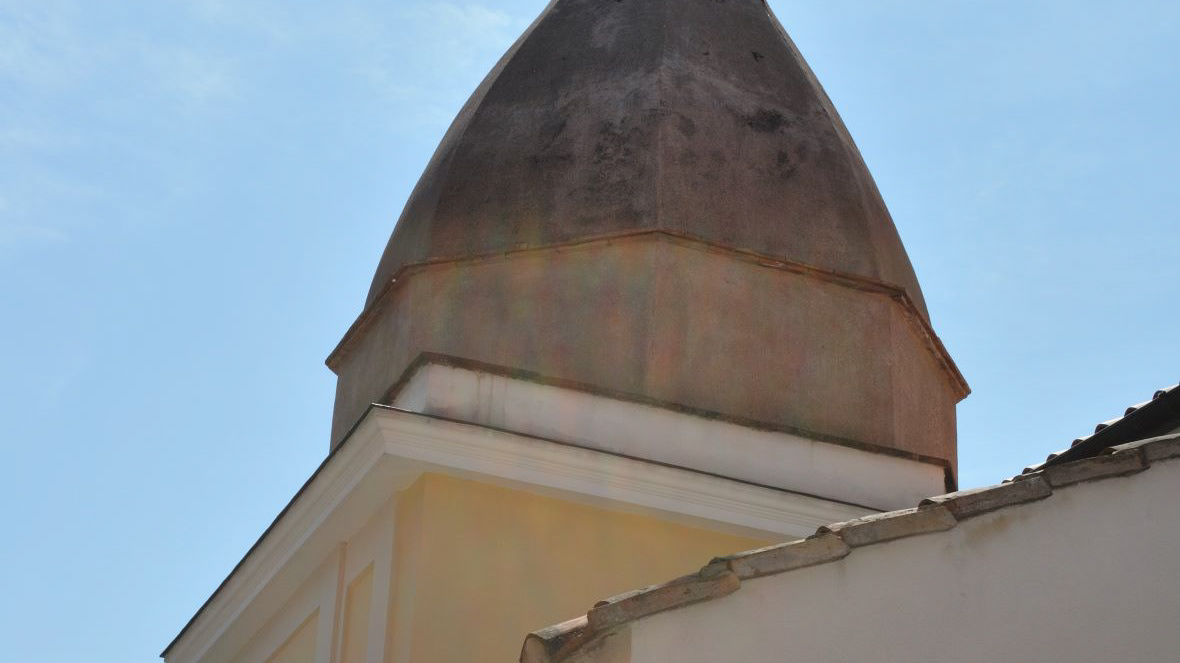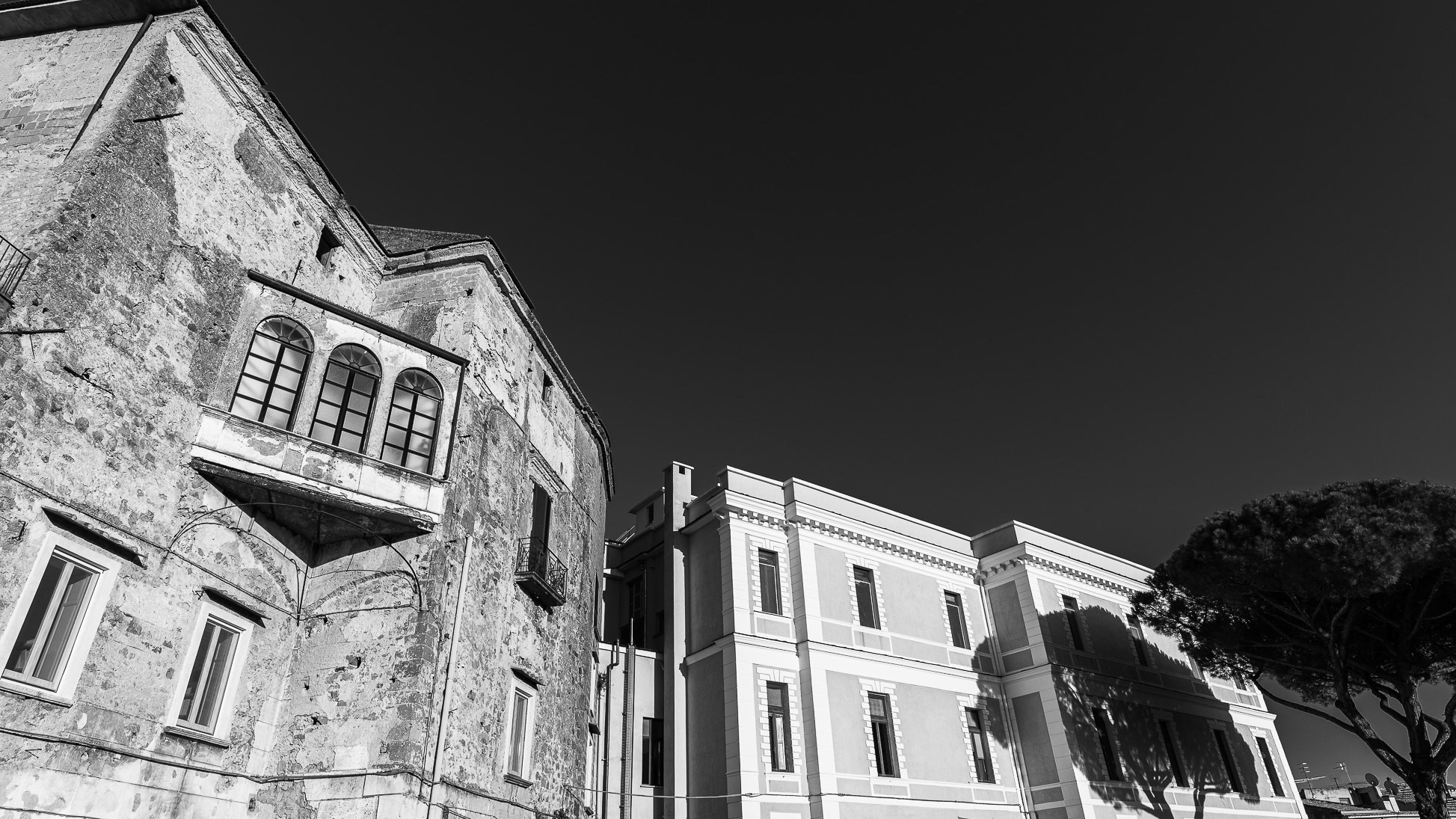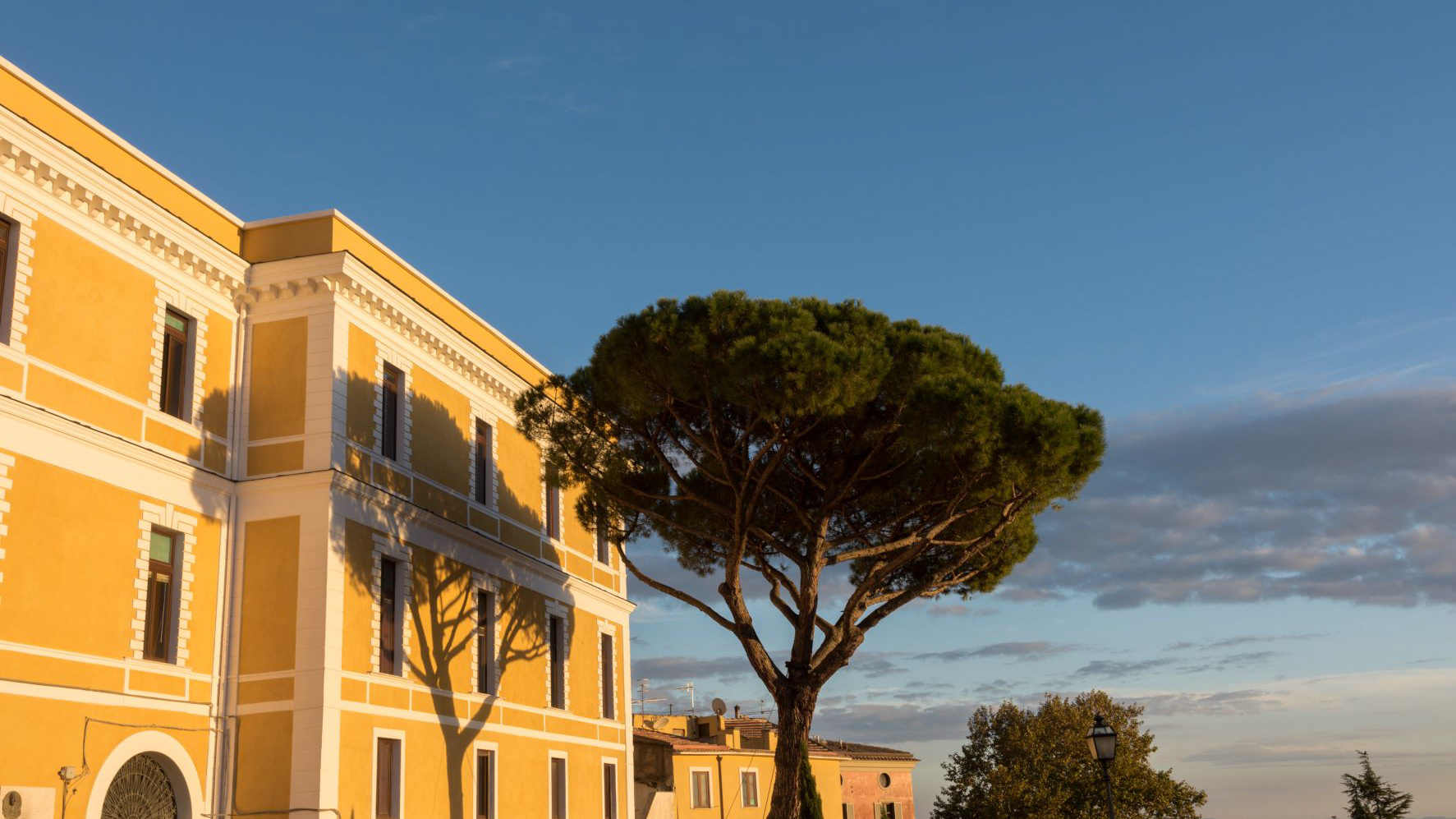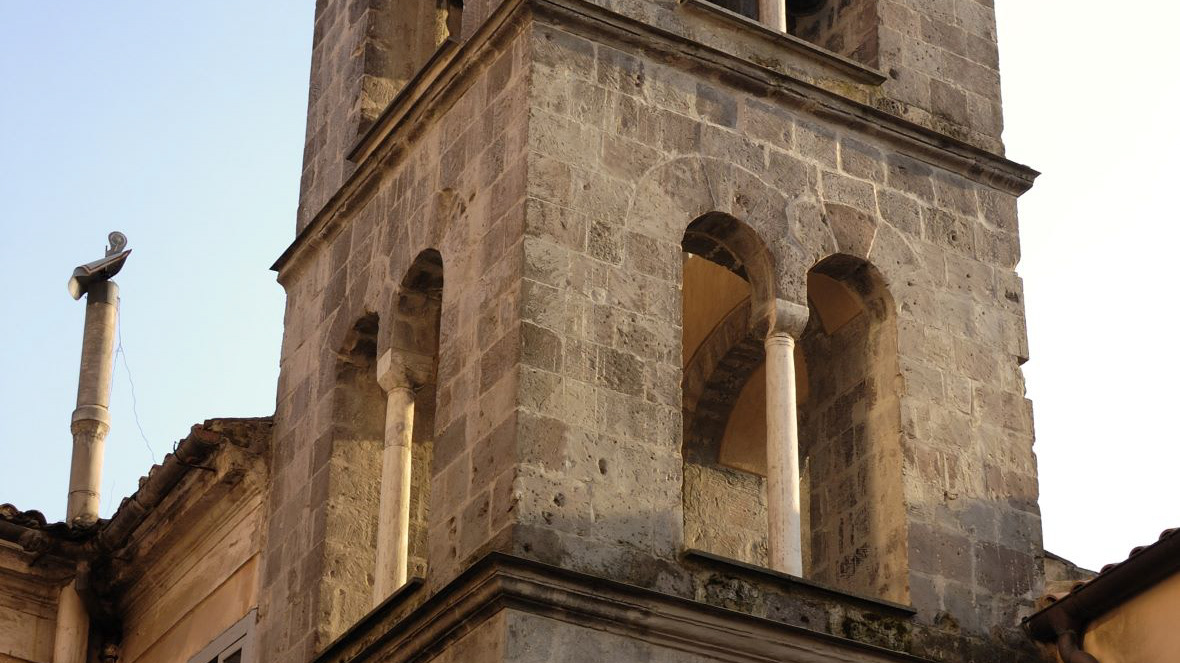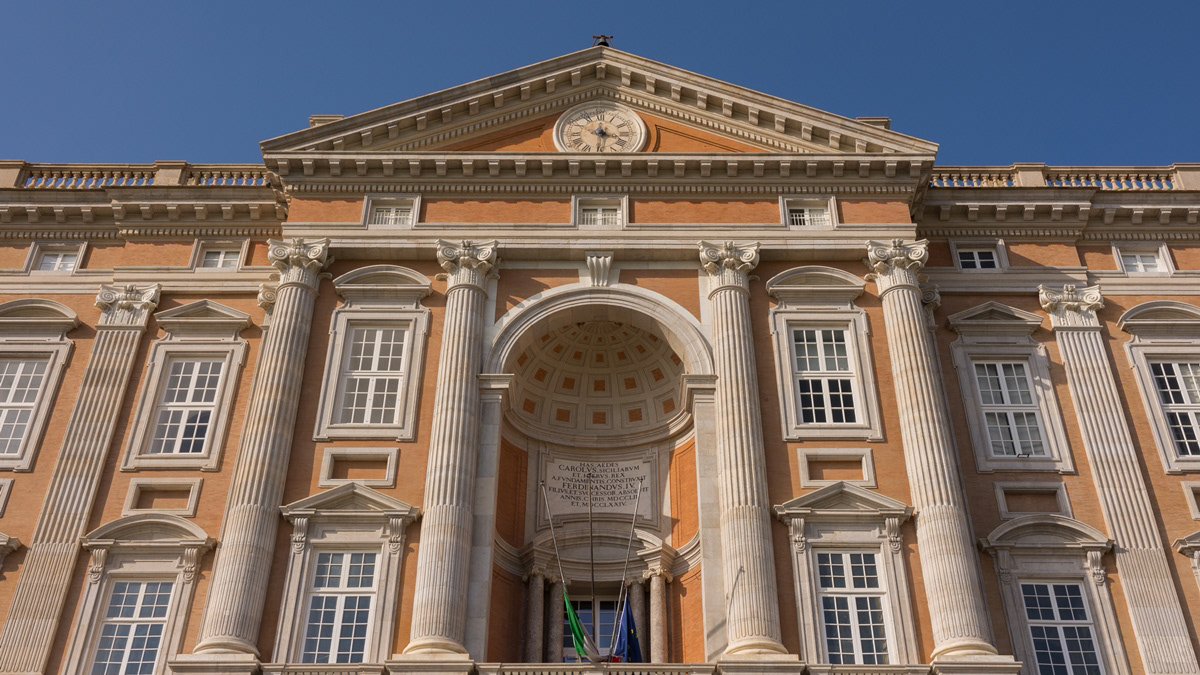Roccamonfina, sanctuary of Maria SS dei Lattani
The sanctuary of Maria Santissima dei Lattani is a Marian sanctuary located in the territory of the municipality of Roccamonfina, in Campania, the place of death of the bishop Giacinto Tamburini. The sanctuary was founded in 1430 by San Bernardino da Siena and San Giacomo della Marca, who had arrived there following the news of the discovery of a statue of the Virgin in the same or the previous year. A first rural chapel was built, then a first church, enlarged shortly after in its present form between 1448 and 1507. In 1446 Pope Eugene IV entrusted the convent, which had risen in the meantime, to the Franciscans. In March 1970 the sanctuary was elevated by Pope Paul VI to the dignity of a minor basilica. The buildings of the sanctuary open onto a large internal courtyard, opening onto the panorama. It is overlooked by the church, the convent and a building built at the time of its foundation, called "Protoconventino" or "hermitage of San Bernardino", recently restored in its original form. The facade of the church, preceded by a large porch with a round arch, preserves the original wooden door of 1507. The interior, with a single nave, divided into spans by pillars that support the cross vault with a lowered pointed arch, preserves 15th and 18th century frescoes and Gothic windows with polychrome stained glass. On the left opens the chapel dedicated to the Virgin of the Lattani, with a frescoed dome, which houses a statue of the Madonna and Child in basalt stone, covered with polychrome painting, perhaps attributable to the 9th century. The convent has a façade with arched portico and inside a rectangular cloister with pointed arches supported by small columns, of various shapes, on two floors. There are 17th century frescoes painted by his father Tommaso di Nola. The refectory opens onto the cloister. The so-called "Protoconventino" building overlooks the internal courtyard with a two-storey loggia, open to the valley with windows, the lower one decorated with a rose window. In the courtyard there is also a stone fountain and on the side facing the mountain a fifteenth-century fountain decorated in 1961 by a representation on colored ceramic.
You may also like

